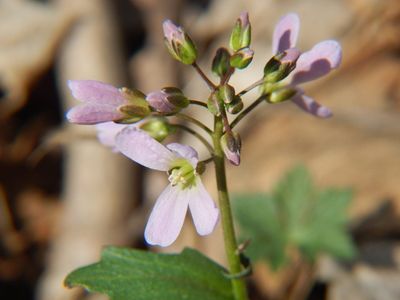Toothwort Plant Information
A hardy plant suitable for growing in USDA plant hardiness zones 4 through 8, toothwort is an upright perennial that reaches heights of 8 to 16 inches. (20.5-40.5 cm.). Toothwort’s distinctive palmate leaves are deeply cut and coarsely toothed. Bees, butterflies, and other important pollinators are drawn to the clusters of delicate, white or pale pink flowers that rise on slender stems in springtime. This plant emerges in autumn and adds beauty to the landscape until it goes dormant in early summer. Although the plant spreads by underground rhizomes, it is well behaved and not aggressive. Traditionally, the roots of toothwort plants have been used to treat nervousness, menstrual difficulties, and heart ailments.
How to Grow Toothwort Plants
Plant toothwort seeds in moist soil in summer. You can also propagate toothwort by dividing mature plants. Although toothwort is a woodland plant, it needs a certain amount of sunlight and doesn’t do well in deep shade. Look for a planting site in light sunlight or dappled shade under deciduous trees. Toothwort thrives in rich, woodland soil but it tolerates a wide range of conditions, including sandy soil and clay. Toothwort, which is at its best in winter and early spring, will leave a bare spot in the garden when it dies down. Spring- and summer-blooming perennials will fill the empty space during its dormancy.
Toothwort Plant Care
Like most native plants, toothwort plant care is uninvolved. Just water frequently, as toothwort likes moist soil. A thin layer of mulch will protect the roots during the winter months.
